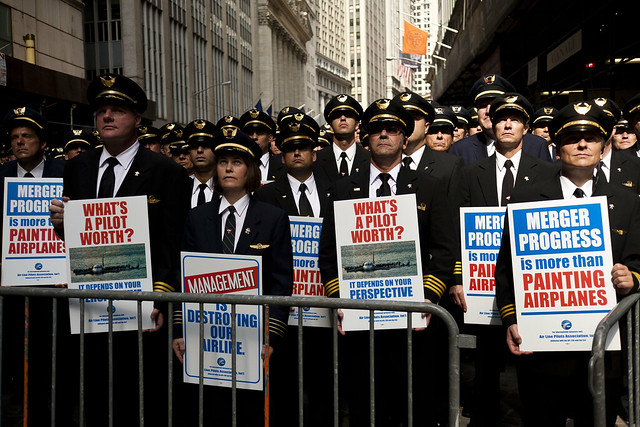Space Needle, Seattle, Washington State, USA, a photo by Tomasito.! on Flickr.
My staff has been reaching out to and communicating with members of Occupy Seattle. Here’s how we are proceeding:
- We are providing a permit for protest activities at Westlake Park which will allow them to have an organizing tent that can remain overnight. As a condition of the permit, protestors will have to allow for cleaning of the park, protect park property, accommodate the other existing permitted events, and protect access to businesses.
- We are making City Hall Plaza available for those that wish to stay overnight, with reasonable restrictions on the tents so as to allow free use of the plaza during the day. Unlike Westlake, City Hall also has restroom facilities available. Both the permit and the ability to set up tents at City Hall Plaza would last for two weeks, at which point we can assess whether the arrangement is meeting everyone’s needs and should be extended.
These are extraordinary times. We have seen the Occupy Wall Street movement take off in cities across the country, and there’s a reason for it. There is real anger about the unprecedented concentration of wealth and power in this country and the inequality it has produced. I share the values and the message of the Occupy Wall Street movement. We want to provide the opportunity for the people of Seattle to express their views. And we are.
This is how you balance the right to assemble freely and the right to go about your day. Mayor Bloomberg should take note.






